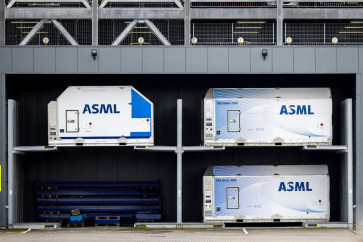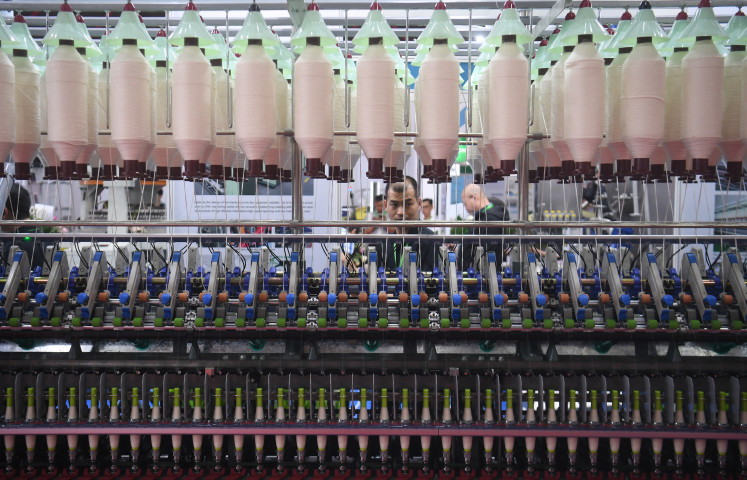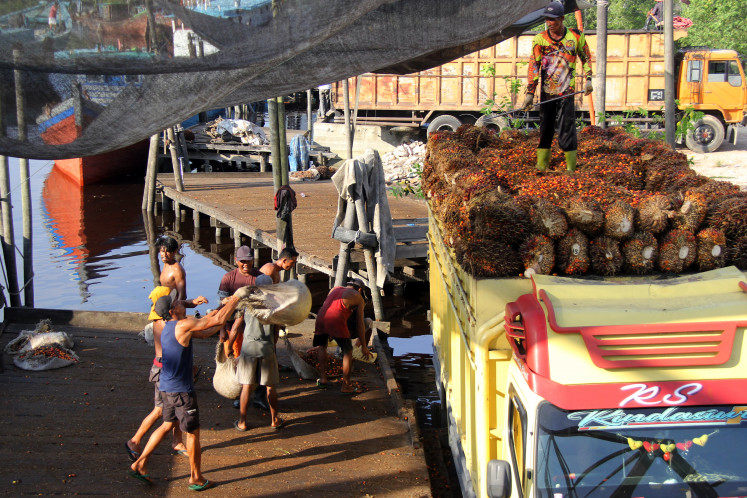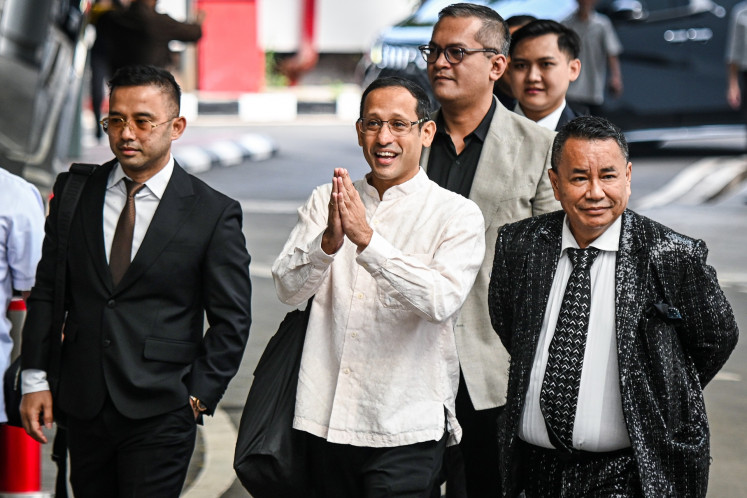Popular Reads
Top Results
Can't find what you're looking for?
View all search resultsPopular Reads
Top Results
Can't find what you're looking for?
View all search resultsBatam to experience water crisis by 2015
Batam, Riau Islands province, is forecast to enter into a clean water crisis by 2015 because the six dams that produce all of the region’s clean water will not be able to meet demand based on business and population expansion estimates
Change text size
Gift Premium Articles
to Anyone
B
atam, Riau Islands province, is forecast to enter into a clean water crisis by 2015 because the six dams that produce all of the region’s clean water will not be able to meet demand based on business and population expansion estimates.
As it happens, 2015 is also the deadline for the Millennium Development Goals; a set of welfare targets that all UN members have committed themselves to.
One of these goals calls for a major increase in the percentage of people with access to palatable drinking water and basic sanitation facilities.
The Coordinating Minister for the Economy’s assistant to the deputy minister overseeing water resource infrastructure affairs, Purba Robert M. Sianipar, said Wednesday that unless measures were taken soon, Batam would enter a water crisis in four years.
“Building new dams would be the government’s first solution,” Sianipar said on the sidelines of a meeting between the Singaporean Economic Development Board and the Indonesian Coordinating Ministry for the Economy in Batam on Wednesday.
He said that domestic households had been the biggest consumers of clean water in Batam. However, he added, a water crisis would be a serious threat to the industrial sector on the island.
Through the Batam Free Trade Zone (FTZ) Management Agency (previously the Batam Industrial Development Authority), Sianipar said, the government was constructing the Tembesi dam, which would have a volume of 41.9 million cubic meters of water and a capacity to produce 540 liters of clean water per second.
The dam, which is scheduled to be complete by 2013, would not have a sufficient capacity to stave off a water crisis if the rates of population expansion and migration on Batam Island continue at the forecast rate.
“Since the beginning we have designed investments in Batam to not be large water consumers. The electronics industry is not water-hungry but tourism is,” Sianipar said, adding that one plan under consideration was to distill seawater. However the funding for this would be enormous, he said.
The six dams currently supplying clean water in Batam are Sei Harapan, Baloi, Sei Nongsa, Sei Ladi, Muka Kuning and Duriangkang. Batam’s groundwater is not safe for consumption or sanitation.
Previously Batam Mayor Ahmad Dahlan said that the ideal population of the municipality was 1 million.
The March 15, 2010, census carried out by the Central Bureau of Statistics showed that Batam’s population was 949,775. Data at the municipal population agency put the population at 1.1 million.
“Population control in Batam is urgent. A bylaw on population control was issued because of matters like this [limited clean water supply and land]. Unfortunately the bylaw is no longer effective now,” Dahlan said.
Clean water supply in Batam is managed by the Batam FTZ management agency. Private-owned company Adhya Tirta Batam (ATB) has been brought in to manage and distribute clean water in Batam.










